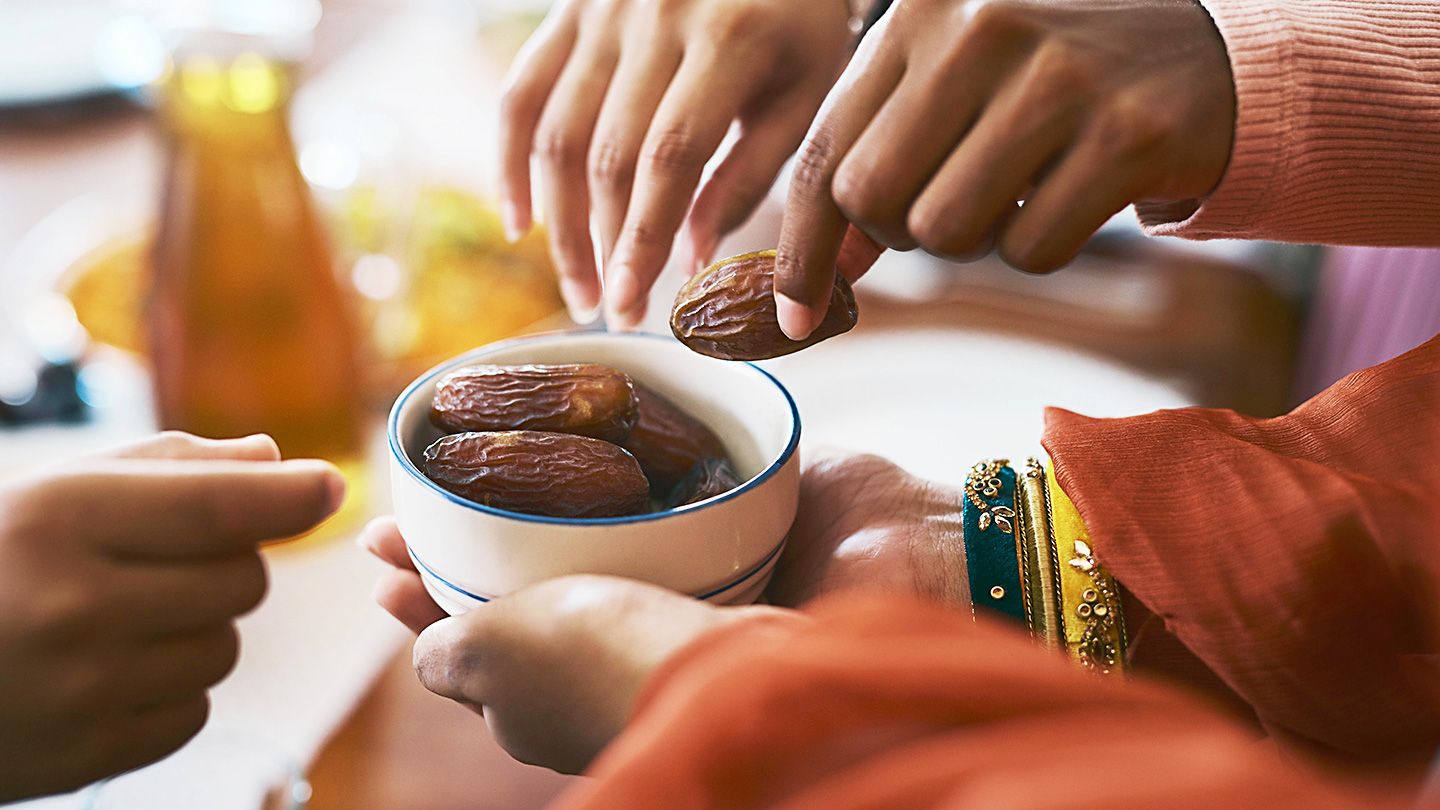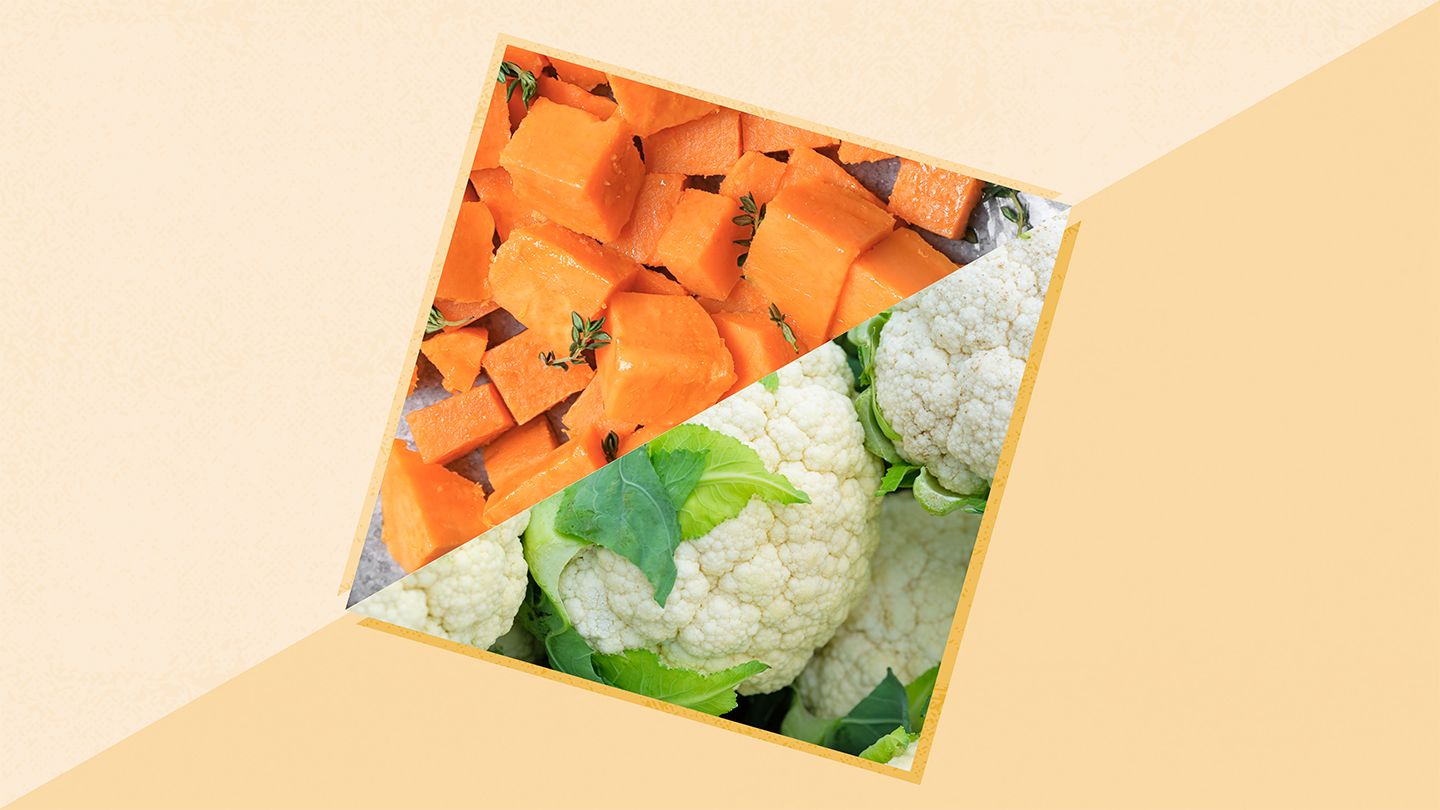Understanding Carbs in Corn
Corn is a versatile vegetable enjoyed across many cuisines. However, for people monitoring their carb intake such as those following low-carb, ketogenic, diabetic, or other special diets, knowing the carb content of corn is important.
One common question is how many carbs are in an ear of corn? The answer depends on a few factors including the size and type of corn. Additionally, what you serve with the corn can increase the total carb count.
This article provides a detailed look at the carb content of different types of corn. It also covers how preparation methods and condiments like butter affect the carbohydrate content.
Types of Corn
There are a few main varieties of corn, each with slightly different nutrition profiles:
- Sweet corn: The most commonly eaten type. Picked when immature for a sweeter taste.
- Field corn: Allowed to fully mature and dried. Used for flour, cereals, oil, and animal feed.
- Popcorn: A special variety that pops when heated. Tends to be lower in carbs than other types.
Within these main categories there are also yellow, white, multicolor, and supersweet corn varieties.
Carbs in Sweet Corn
Sweet corn is arguably the most delicious type of corn eaten as a vegetable side dish. Per 100 grams of boiled sweet yellow corn kernels without any salt or butter, the nutrition breakdown is:
- Calories: 96
- Net carbs: 17.4 grams
- Fiber: 2.2 grams
- Sugar: 6.2 grams
As you can see, 100 grams of plain boiled sweet corn kernels contains 17.4 grams of carbohydrate. Now a large ear of corn without the cob is roughly 150 grams. So for a large ear of sweet corn, the net carb count comes out to around 26 grams.
For comparison, a medium-sized ear of boiled sweet corn of around 100 grams contains about 17 net grams of carbs.
So the actual carb count per ear varies based on the corn size, but you can estimate anywhere from 15-30 net grams of carbohydrates for typical sizes of sweet corn on the cob without any added butter or seasoning.
Carbs in Popcorn
Air-popped popcorn is often touted as a low-carb snack. Here are the nutrition facts for 100 grams of air-popped white popcorn:
- Calories: 375
- Net carbs: 11.6 grams
- Fiber: 14.5 grams
- Sugar: 0.4 grams
As you can see, popcorn is significantly lower in both total carbs and net digestible carbs compared to sweet corn. This makes it a better option if keeping carbs very low.
However, most people eat a lot more than 100 grams of popcorn in one sitting. A large movie-theater sized bucket can contain around 16 cups popped which would be over 1,000 grams and 110+ net grams of carbs.
So portion size must be kept in mind when snacking on popcorn to keep net carbs within your target range.
Carbs in Corn on the Cob
The most classic way to enjoy sweet corn during summer is right on the cob. Obviously the cob itself is mostly fiber and not digestible, so it does not count toward the carbohydrate content.
According to USDA data, a 6" medium ear of corn on the cob contains around 10 grams of net carbs. A large 8-9" ear of corn on the cob has roughly 15-20 net grams of digestible carbs.
So the cob basically contains about half the total carbohydrates of the corn kernels themselves. This is important to factor in when planning your meal if you want to stick to a certain carb limit.
Does Butter Increase Corn's Carbs?
Many people love to slather their corn on the cob with butter, margarine, or other tasty toppings. However, this can add additional carbs to your side dish.
Here are the net carbs for common corn on the cob accompaniments per tablespoon serving:
- Butter: 0 grams
- Margarine: 0.5 grams
- Mayonnaise: 0.5 grams
- Sour cream: 1 gram
- Parmesan cheese: 0.5 grams
- Barbecue sauce: 5 grams
- Honey: 9 grams
Butter, oils, and other fats contain no carbs. Cheese, creams, and mayo add minimal carbs per serving. However, sugar-based sauces like barbecue and honey contain significant carbs that can quickly add up.
To keep corn lower carb, stick with butter, light mayo, or just a squeeze of lemon. Or be mindful of portion sizes if using higher-carb condiments.
Tips for Low-Carb Corn
Here are some tips for enjoying corn while reducing the carb content:
- Opt for smaller, 6" ears of corn rather than jumbo-sized.
- Remove corn kernels off the cob prior to cooking/serving to portion easier.
- Popcorn has less net carbs than boiled sweet corn, so limit portions.
- Air-pop popcorn plain rather than buying sweetened/flavored varieties.
- Use butter, vinegar, or spice-based seasonings instead of sugar-laden sauces.
- Count corn as part of your overall daily carb target, around 20-50 grams per day for ketogenic and low-carb diets.
Is Corn Keto-Friendly?
The ketogenic or "keto" diet aims to get the body into ketosis, a fat-burning state, through very low carb intake, typically below 50 grams per day.
Given a medium ear of corn on the cob contains roughly 10 net grams of carbs, it can potentially fit into a keto diet in moderation. However, it may be easy to overdo carbs by eating more than one ear or large sizes, plus any high-carb add-ons.
Here are some tips for incorporating corn into a keto diet:
- Limit portion to 1 small-medium ear per day max.
- Avoid carb-heavy add-ons like barbecue sauce or honey.
- Work the carb count from corn into your daily keto target, not in addition to it.
- Test blood ketones and watch for any stalls in weight loss after eating corn.
- Be very strict about carb counts from other foods on days you eat corn.
With smart portions, many keto dieters can enjoy occasional corn on the cob while maintaining ketosis. Low-carb swap ideas include cauliflower florets brushed with herb butter or zucchini sauted with parmesan cheese for a similar taste and texture.
Corn in a Low Carb Diet
Low-carb diets like the South Beach Diet, Zone Diet, and Atkins range from around 100-150 grams of carbs per day in the weight loss phase. Higher carb budgets make enjoying corn more flexible.
Corn can fit into a balanced low-carb meal plan through mindful portions. For example:
- Scrambled eggs with 1/2 cup corn kernels mixed in - around 15 net grams carbs
- 3-4 oz grilled chicken with a small ear of corn - approximately 15-20 net grams carbs
- Taco salad with 3-4 oz ground beef, lettuce, cheese, salsa, guacamole, and 1/4 cup corn - about 20 net grams carbs
The key is accounting for the carbohydrates from corn within your daily low-carb goal whether that be 100-150 grams or lower based on your specific diet plan.
Corn Nutrition Benefits
Despite being starchy, corn provides some valuable nutrition:
- Fiber: Helps improve digestive health and feeds beneficial gut bacteria.
- Vitamin C: An antioxidant that supports immune function and nutrient absorption.
- Lutein and zeaxanthin: Antioxidants that promotes eye health and reduces risk of macular degeneration.
- B vitamins: Important for converting food into energy and supporting neurological function.
- Potassium: Reduces blood pressure and counters sodium levels.
The combination of fiber, vitamins, minerals, and plant compounds make corn more nutritious than many other starchy carb sources. So enjoy corn in moderation even on a low-carb diet.
Risks of High Corn Consumption
While corn does provide some beneficial nutrition, there are some drawbacks to overeating it:
- May spike blood sugar levels due to high starch content.
- Often genetically-modified with pesticide use impacting nutrition levels.
- Can trigger allergies and sensitivities in some people.
- May contribute to weight gain if eaten in excessive portions.
Those without carbohydrate sensitivities or weight concerns can enjoy corn more freely. But controlling portions and avoiding very frequent consumption is wise for managing health.
Corn Alternatives
For a fresh vegetable with a similar sweet, juicy bite but fewer carbs, consider these alternatives to corn:
- Green beans - 6 grams net carbs per 100 grams
- Sugar snap peas - 5 grams net carbs per 100 grams
- Asparagus - 2 grams net carbs per 100 grams
- Brussels sprouts - 5 grams net carbs per 100 grams
- Broccoli - 3 grams net carbs per 100 grams
Cauliflower can also replace starchy corn through recipes for low-carb rice or florets roasted with spices. Finding creative ways to capture corn flavors with fewer carbs expands meal options.
The Bottom Line
An average ear of corn on the cob contains around 10 grams of net digestible carbs. Larger ears or sweet corn off the cob are higher at 15-30+ grams per serving.
Added butter or oils do not impact the carb count, though sugar-based sauces can add more. The amount of carbs can fit into low-carb and keto diets in moderation along with careful portioning. Overall, being mindful of servings allows you to enjoy corn as part of healthy diet.
FAQs
How many net carbs are in an ear of corn on the cob?
An average medium 6-inch ear of corn on the cob has around 10 grams of digestible carbs. Larger ears can have 15-20 grams. The cob itself is mostly fiber and does not count toward net carbs.
Is popcorn lower in carbs than sweet corn?
Yes, per 100 grams, air-popped popcorn has around 11 grams of net carbs compared to 17 grams in sweet corn. However, portion size matters since many eat large amounts of popcorn.
Does adding butter or margarine increase the carbs in corn?
No, butter and oils contain no carbohydrates. However, sugar-based sauces like honey or barbecue sauce will add more carbs to corn on the cob.
Can you eat corn on a keto diet?
Corn can potentially fit into a keto diet in small portions, around 1 small ear per day max. But the carbs should be counted toward your daily 50 gram keto limit.
What are good low-carb substitutes for corn?
Foods like asparagus, green beans, Brussels sprouts, cauliflower, and broccoli are great lower-carb alternatives to enjoy instead of corn.
Disclaimer: This article is for informational purposes only and does not constitute medical advice. Always consult with a healthcare professional before starting any new treatment regimen.
Related Coverage
Dates are too high in carbs for keto diets. Find out which low-carb fruits can fit into a keto eating plan, like berries, avocado, tomatoes and olives....
Leafy greens, broccoli, asparagus, zucchini and other low carb vegetables under 5g net carbs are excellent for keto. Avoid potatoes, corn, carrots and other starchy veggies....
Most types of seaweed are low in carbs and suitable for a keto diet. Seaweed provides nutrients and benefits like aiding digestion, reducing inflammation, and supporting brain and thyroid health....
A detailed look at the carb and sugar content of different Vitaminwater flavors. Covers how Vitaminwater fits into a low carb or keto diet and comparisons to Vitaminwater Zero....
What is the carb count of mango and does it fit into a keto diet? Learn about managing mango's carbs, the best low carb fruits, and incorporating mango safely....
Learn how to order keto-friendly meals at Chick-fil-A including grilled chicken sandwiches with no bun, salads, and low carb breakfast, lunch, and dinner options....
Learn to visually estimate what 20g of butter looks like using tablespoons, melt volume, and butterstick sizes. Includes tips for precise measuring....
Learn the truth about common keto diet myths like it being unhealthy long-term, causing kidney damage, lacking nutrients, and more....
Golden kiwis offer great nutrition but can be hard to find. Check farmers markets, Hispanic grocers, online sellers, and specialty stores to find these sweet and tangy fruits....
Research on whether weed stunts growth has been mixed. While early use may delay growth slightly, genetics and lifestyle matter more. Learn the evidence....









